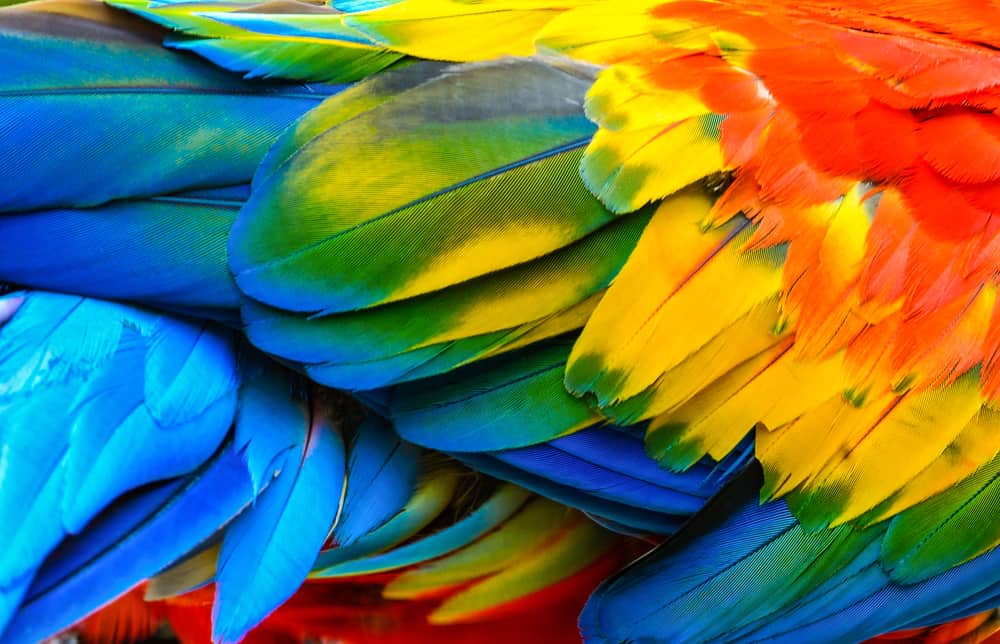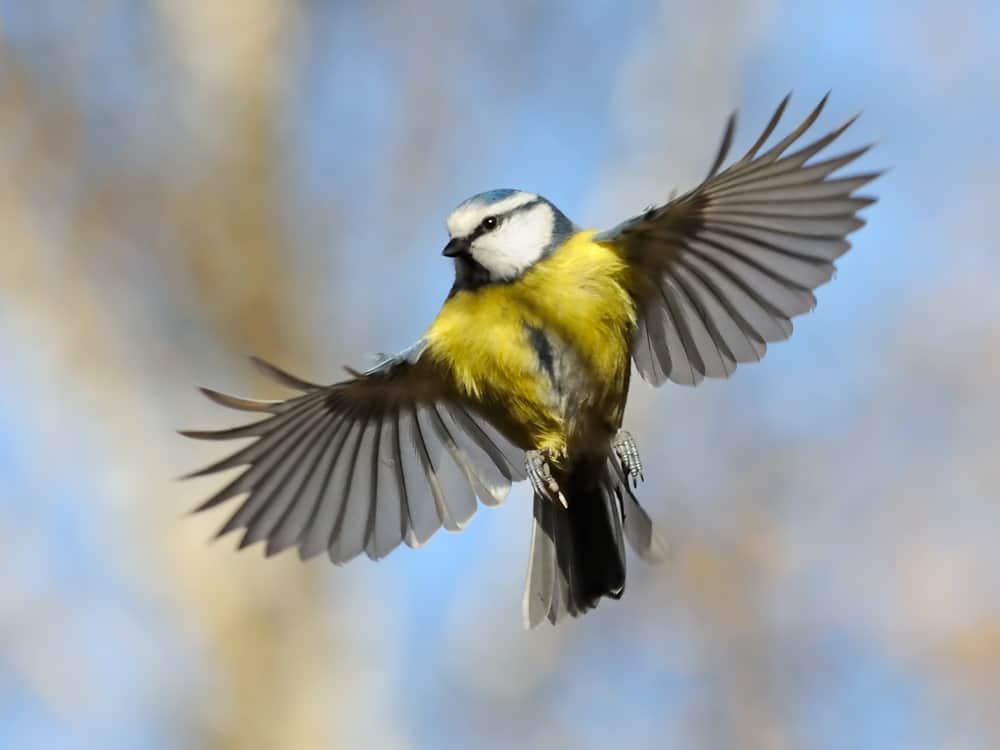Birds
Nothing is more beautiful than a bird in flight. But what happens when a wounded bird can no longer enjoy the freedom of the open skies? Encountering an injured bird who can no longer take wing can be distressing to both humans and the animal itself, and more often than not, a bird will require human intervention to return to full health.
A bird with an injured wing can rarely survive on its own and may require home-based care or veterinary intervention. If you come across a bird in need of help, you should act quickly to assess the severity of the injury. More grievous injuries may need to be treated by a registered veterinarian.
Whether you’re a bird owner or enthusiast, handling a bird with a broken wing may be stressful and fall outside of your scope of knowledge regarding standard animal care. Keeping a level head and making sure you’re well informed can make all the difference in helping your feathered friend take flight again.
Initial Contact And Handling
Before approaching the animal, you must keep a calm demeanor to properly assess the situation. The bird will be unable to fly and may even have trouble moving around, which can cause it to become frightened and frantic.
To handle the bird, you will need a thick pair of gloves to protect your hands from sharp beaks and talons. A scared bird will be more prone to lashing out and injure not only your hands or face but can end up causing further damage to its wing as well. If you don’t have gloves on hand, you can use a soft towel or sweater to wrap the bird up and keep it from flapping around in its panic.
Birds are also known carriers of various diseases, so it is important to wash your hands thoroughly with warm water and soap after handling.
Unless you want to find yourself in a bit of hot water, you will need to proceed with caution when aiding a wild bird. According to the U.S. Fish & Wildlife Service, taking or possessing a migratory bird is illegal. If you’re unsure of what kind of bird you are dealing with, it is best to contact your local wildlife service or veterinarian, who will advise you on how to proceed with the situation.
Assessing The Injuries
Once you have secured the bird and it has calmed slightly, you will need to examine the extent of its injuries. If the wing is hanging limply next to the body, there is a good chance that it is broken or fractured. You will also need to check for bleeding. Bleeding can indicate the presence of open wounds that should be attended to first.
Cleaning and disinfecting an open wound helps ward off possible infections while the wing is recovering. A damaged wing often has to be wrapped against the bird’s body, limiting further access to any lesions or lacerations.
If there are no open wounds and the bird seems to be in relatively good health, you can potentially care for it from home. However, if the injury seems severe, if there are any open wounds, or if you are unsure if the wing needs specialist care, it is best to take the bird to your closest veterinarian.
Caring For An Injured Bird At Home
You should only consider caring for a broken wing at home once you have contacted and consulted with a professional veterinarian. Without proper care, the bird could fall ill or may never make a full recovery.
Typically, your vet will be able to give you tips for caring for your injured bird and inform you of the proper care and healing times. They may also prescribe medication to aid in the recovery.
When taking a bird in, you should be sure to wrap the wing with vet tape. Be sure to tape the wing as close to the body as possible to limit movement. If the bird can flap the wing, it may cause more harm by worsening the break.
Place the bird into a shoebox that has been lined with soft materials. This helps to regulate the box’s temperature and will keep the bird warm. You can also use something to warm the room or the box, like a space heater or hot water bottle to create a cozier environment.
Larger birds may need to be kept in a bigger cardboard box or hard-shelled pet carrier. If you are using a box, you will need to poke holes in the top to ensure that there is proper ventilation.
Once in the box, you should handle the bird as little as possible to avoid hurting the wing further. You should also keep the box away from small children or other animals or pets that could accidentally harm the bird.
You can give food and water to the bird once the broken wing has been tended to, although you should take care not to force-feed it. Birds in distress may choke on any food or water that you provide, so you should only do this at your vet’s instruction.

Seeking Veterinary Attention
If the bird is severely injured or you feel that its injuries fall outside of your comfort zone, you should get the animal to your closest veterinarian as quickly as possible. You can transport the bird in a shoebox or pet carrier that is placed in an area of the car that is stable to avoid any jostling while driving.
The vet will perform an x-ray to examine the wing and determine the course of action that they will need to take. If necessary, your veterinarian may perform other tests, and the vet may administer medications for pain or fight off potential infection.
Depending on how severe the break is, the bird may simply need to have its wing wrapped or undergo surgery in more extreme cases. If the injury is life-threatening or the bird may not make a full recovery, a decision may need to be made on whether or not to put the bird down.
While some animal rehabilitation centers will take flightless birds in, there are many that prefer to put a wild bird to sleep. This is because some wild birds may be rejected by their flock if they are weak or can’t keep up with their group during flight or migration.
If you are caring for your domestic bird, it may be left up to your discretion on whether or not to put your pet to sleep, although it is recommended to follow the advice of your veterinarian.
How Long Does A Broken Wing Take To Heal?
The healing time of a wing depends on the course of action taken and the size of the bird. Some surgeries may mean that the bird will take longer to recover. Similarly, a larger bird has a longer recovery time because of its wing size.
Generally, a broken wing can take anywhere from a week to a month to mend fully. During the recovery period, you may need to pay close attention to the bird and evaluate the wing to determine how quickly it is healing.
With the right care and proper medications, Polly could be flying again in no time.
Conclusion
If your feathered baby is hurt or you’ve stumbled across a bird in need, it is important to know exactly how to handle the situation. An injured bird will struggle to survive independently and can often fall victim to larger animals when unable to fly. There are a few easy ways to help a bird with a broken wing, although it is strongly suggested that you involve a veterinary professional in the bird’s recovery. Whether you plan to keep the bird with you at home or release it into the care of a wildlife rehabilitation center, their involvement may be paramount to the bird’s survival.
